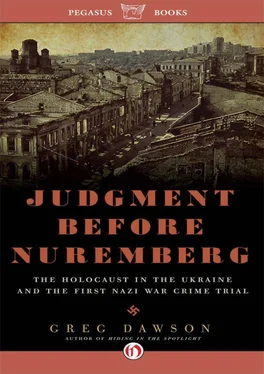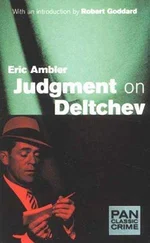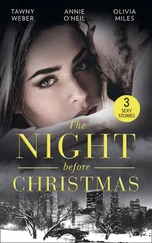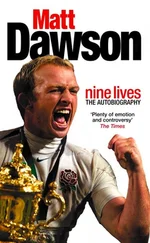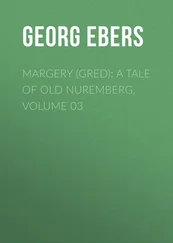One place I had discovered while researching my first book and told Yuri that I needed to see was the synagogue on Grajdanskaya Street (then Meshanskaya), once the hub of the Jewish district. Yuri pointed to several brick, twostory apartment buildings nearby, classics of Jewish architecture and housing at the time, he said. What made them “Jewish?” I asked. Dodging slush and piles of dirty snow, we crossed the street and Yuri opened the door to one of the dilapidated buildings, now seemingly vacant. He pointed to a hollowed-out space in the frame, about waist-high, used to place a Mezuzah.
In December 1941, when the Nazis were gathering the remaining Jews of Kharkov for the march to Drobitsky Yar, there were some too old, too young, or too sick to walk. The Germans locked them in the synagogue, without heat or water, where they froze to death. The one-story building is now a shuttered magazine publishing plant. Two bronze tablets with gold lettering, one in Russian, the other in Hebrew, tell what happened here. No Germans were ever held accountable for this crime, Yuri said, but a collaborator was arrested and executed for killing a young girl in the synagogue. We stood staring at the tablets, and Yuri told a story about the casualties and accidental heroes of war.
“When the Germans were gone, some Ukrainian boys broke into the synagogue and found two Torahs. They saw a lot of Jewish bodies and took the Torahs home. They didn’t know what to do with them. Then they have the idea of using the paper for making cigarettes, but this paper didn’t want to burn. They then wanted to sell them but nobody wanted to buy. After the war when the synagogue opened, they took these Torahs to show them. The rabbi tells them, ‘You did a very good thing because you saved the Torahs.’”
“Now we will visit very important place, so-called Park of Glory,” Yuri said. It was a visit to this park as a teenager that first opened Yuri’s eyes to the Holocaust. “It was place of mass shooting by Gestapo. Here were exterminated by bullets 3,500 or 4,000 people during Nazi occupation. Jews, Communists— so -called Communists—so-called Partisans, prisoners of war.”
One of the leading executioners and traitors was Alexander Posevin, a former officer in the Red Army. “It is well-known that he shooted Jews in this place” Yuri said. “Posevin had very interesting destiny. He could have died in his bed. He had very good pension, but always had the idea of more, more, more. He was so stupid. He was sergeant in battalion of 28th Red Army of southwestern front. On July 4, 1942 he was captured by Germans in Belgorod region. Next he was Soviet prisoner of war in Stalag on Holodnaya Gora. Germans gave him possibility of freedom, but he must serve them in battalion of local collaborators. He became commander of 200 policemen in the S.D. battalion in Kharkov. He and his policemen took part in mass shootings in Sokolniky Park and in S.D. prison. In August 1943 he escaped and was conscripted in Red Army, hiding his past like other collaborators.
“After war he came home and was living like normal Soviet citizen. He became member of Communist Party and was deputy on local government. But in 1985—anniversary of the end of the war—he asked for higher pension, and the KGB found that there is no information about his activity from August 1942 until August 1943. Many witnesses to his crime were found. He was arrested. There was trial and he was executed in 1988.”
The Park of Glory is in Sokolniky Park which sits at the edge of a vast national forest northwest of Kharkov. When we arrived, Sokolniky was covered in fresh snow, still pristine, and light snow was falling. It was noon on a weekday, but tranquil as Sunday morning. Near the entrance was a long, straight path between tall firs draped in snow. The path was so long, it narrowed in the distance. At the end I could make out a grey statue, a human shape whose gender was ambiguous at that distance. As we drew closer and the statue loomed up and then towered over us, I could see that it was a woman, a stern, powerful figure in a peasant dress, hair pulled back revealing an expression of eternal vigilance and infinite sadness. “Motherland.”
“Listen,” Yuri said. “Do you hear thumping sound? It is the sound of heart beating.”
Behind Motherland and her electronically beating heart is a memorial wall, perhaps ten feet high and fifty yards long, with a frieze depicting the tragedies and ultimate triumphs of soldiers and Kharkov citizens in their struggle against the occupying Nazis. It is said that 186,000 soldiers alone died in the four battles of Kharkov. Yuri translated the gold lettering for me.
“It says it is for people who fought for freedom and died for freedom. But really it is a place for people who were innocent, people who were killed without weapons. It is classic Soviet-Brezhnev monument— classic. Information about partisans, about the underground movement, about people who fought—it is heroization, just heroization. Here were killed many Jews, but there is no information about Jews.”
After the war, Soviet authorities exhumed thousands of bodies from pits across Kharkov including Sokolniky Park. “In two pits in the Sokolniky forest park, bodies were found lying in straight rows, face downward, arms bent at the elbow and hands pressed to faces or necks,” the report states. “Such a position of the bodies was not accidental. It proves that victims were forced to lie face downward and were shot in that position.”
Motherland would have wept at testimony of Alexander Bespalov, a resident of the nearby Sokolniky settlement, about what he saw on a late June day in 1942.
“I saw how some three hundred girls and women were brought to the forest park in ten or twelve lorries. The unhappy people threw themselves from side to side in their terror, screamed and tore their hair and clothes. Many fainted, but German fascists took no heed of this. With kicks and blows with rifle butts and clubs they forced them to rise to their feet. Those who would not rise were stripped by the executioners and thrown into the pit. Several girls who had children with them tried to flee but were killed.
“I saw how, after a tommy-gun burst, some women staggered toward the Germans with heartrending shrieks, staggering and helplessly waving their hands. The Germans fired on them from their pistols. Demented by fear and grief, women tightly clutched their babies and ran around the clearing trying to save them. Gestapo men snatched the children from them by the leg or arm and threw them alive in the ditch, and when the mothers ran after them toward the ditch they were shot.”
The Nazis kept coming back to Sokolniky for more killing. Another local resident, Darya Danilenko, told of hearing gunshots and “incredible shrieks of people” coming from the woods one day in January 1943.
“In the spring of 1943 when the snow melted and the earth filling the ditches had settled, I went with other residents to cover up the ditches. When I came to the place where our Soviet citizens had been shot, I saw that both pits were packed with bodies. Naked human arms and legs could be seen sticking out of the thin layer of earth.”
Under the steady sightless gaze of Motherland we made the long walk back to the road where Sergy was waiting in the taxi. Our next stop would be the philharmonic hall on Rymarska Street, site of the old opera house where Bulanov and the Germans stood trial. And finally, the public square where Kharkovites witnessed rough justice for the killers with rope and makeshift gallows. Yuri said he wasn’t certain of the location. He directed Sergy to a broad square near the intersection of several streets. It was jammed with a sea of vendor tables and booths and vehicles parked seemingly at random.
Читать дальше
